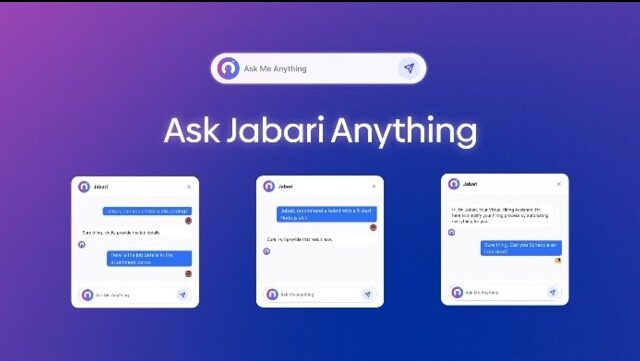The Human Resources industry is rapidly changing. As companies prepare for the future of work, HR technology has gone from an assistive tool to a strategic advantage. With 2025 is around the corner, innovations in AI, data analytics, and remote work solutions are among the top changes that will take place in the human resources space in the new year. In this article, we will discuss some of the top HR trends to look out for in 2025 that give one an edge in meeting set business goals.
AI-Powered Recruitment
Generative AI is remodeling traditional hiring processes by automating candidate sourcing, screening, and assessment workflows. Advanced AI platforms do routine tasks and allow HR organizations to free up their strategic bandwidth while shrinking time-to-hire metrics. These systems can analyze candidate profiles on various dimensions, predict their job performance, and even screen initial interviews. The technology aids in processing large volumes of data to find minute patterns, thereby helping the organization make better decisions and reducing both recruitment costs and timelines by a significant amount.
With advanced AI systems performing such mundane administrative tasks today, HR teams can focus on more strategic efforts and improve overall time-to-hire metrics.
People Analytics for Data-Driven HR Processes
In 2017, the Rise of Analytics in HR report by LinkedIn showed that only 22% of companies used people analytics in their HR processes. In the years since then, the numbers have risen, with 48% of Human Resources professionals saying they can excel at generating and gathering data. This means that over the past years, companies have gone from basic intuitive decision-making processes to data-driven ones.
With People Analytics, human resource teams can predict the needs of their workforce with such exact accuracy that solutions can be designed proactively rather than reactively. Advanced analytics tools can also provide insights to identify important trends in employee engagement, retention risks, and performance metrics to ultimately suggest a corrective action that the companies should follow to improve the existing processes.
Employee Experience Platforms (EXPs) Will Dominate
Employee Experience has become a top priority for small and big companies alike. So much so that Employee Experience Platforms (EXPs) have become critical tools for enhancing productivity and satisfaction in the workforce. With these platforms, employers can create personalized employee journeys that allow them combine onboarding, feedback forms, engagement surveys, and professional development programs.
In 2025, expect better integration of EXPs with existing HR tools, focusing on wellness features such as mental health resources and flexible work schedules. According to a study by Gallop, companies with highly engaged employees see 21% more profitability, 17% greater productivity, and more than other companies. Investing in Employee Experience Platforms makes your employees feel more supported, helping them stay more engaged, loyal, and productive.
Technology-Enabled DEI Initiatives
Advanced human resources platforms use sophisticated tools that help foster workplace equity by ensuring inclusive environments. Communications and decisions are scanned because of the detection algorithms that scan for their potential unconscious bias. Such detection algorithms go on to provide more inclusive real-time suggestions. Anonymous resume screening allows initial candidate screenings to focus purely on qualification and relevant experience to reduce the impact of unconscious bias during the early selection processes.
Inclusion tools ensure the workplace will create inclusive communications at all touchpoints. Diversity metrics tracking provides a way to report on progress toward representation goals transparently. Compensation analysis for fairness means pay practices for all demographic groups are audited regularly and adjusted, as recommended, to maintain pay equity.
Strategic Implementation
These accomplishments in technological advancement require an orderly and well-planned approach. First, organizations must conduct comprehensive audits to study the existing infrastructure of HR technology and identify the strengths and weaknesses of the existing systems. Subsequently, identification and prioritization should be done on critical gaps in the automation and analytics capabilities, considering the business impact and feasibility of implementation.
Established metrics should occasion investments in corporate needs and strategic objectives on return on investment for each undertaking. Clear timelines for implementation should be accorded to ensure a smooth transition and adoption, with relevant change management strategies to support user acceptance. The organization should delineate metrics for return on investment and have changes in strategy as part of its ongoing process of improving and optimizing its HR technology ecosystem.
This means that the future of HR technology lies in developing efficient, data-driven processes that consider the human touch when managing the workforce. If an organization can integrate these innovations, it will be better equipped to build resilient, high-performing teams amidst a highly competitive business environment.






